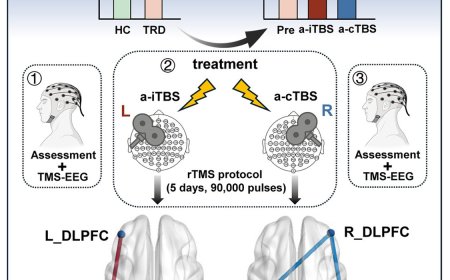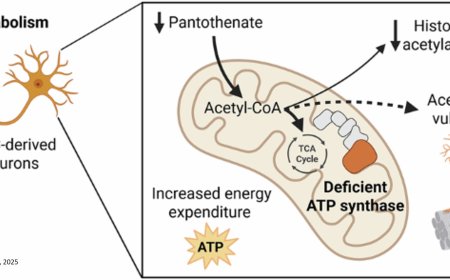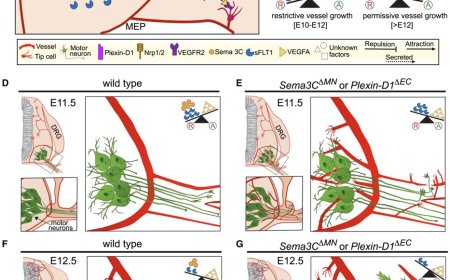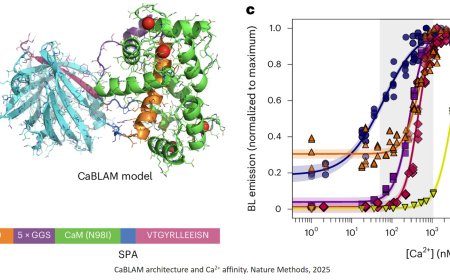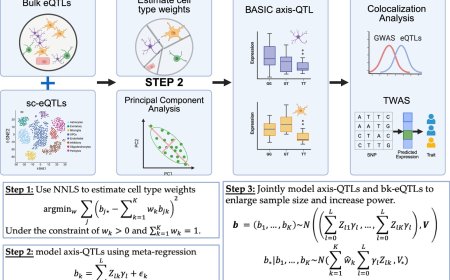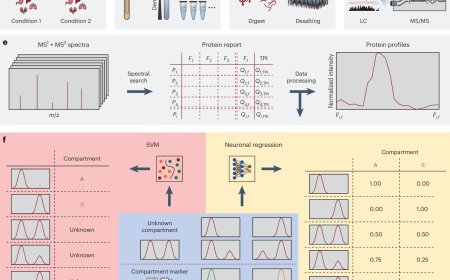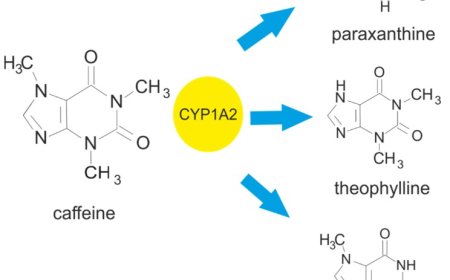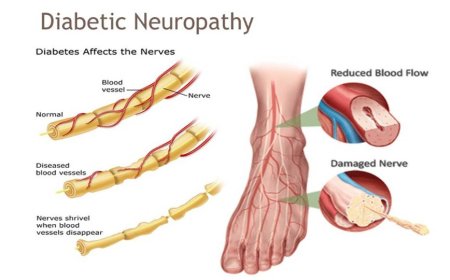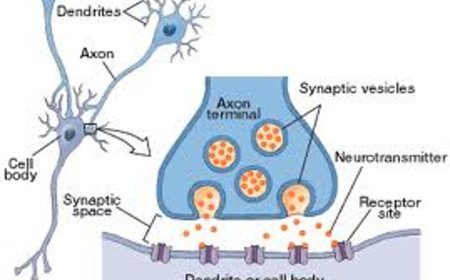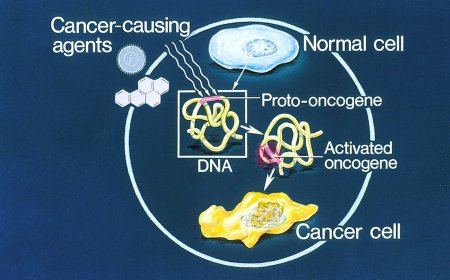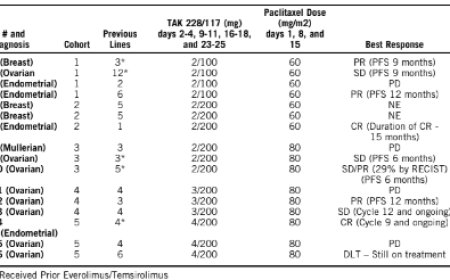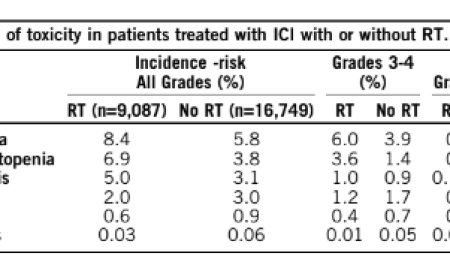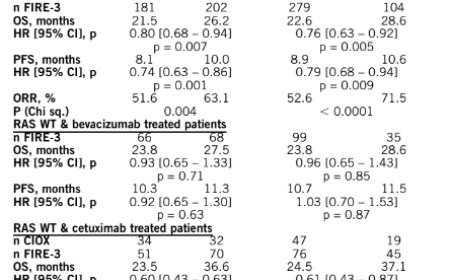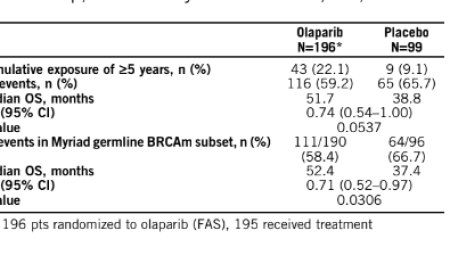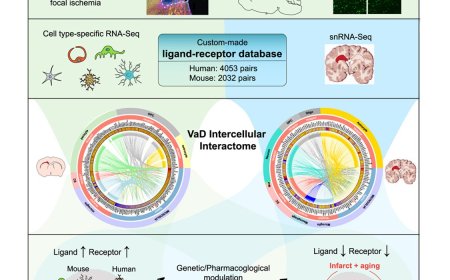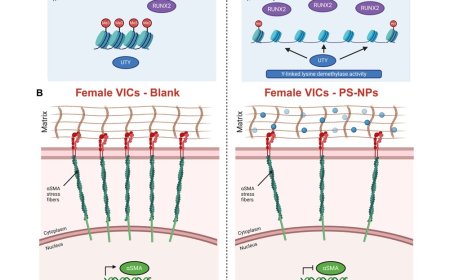Similarities between atherosclerotic blood vessels and tumor development
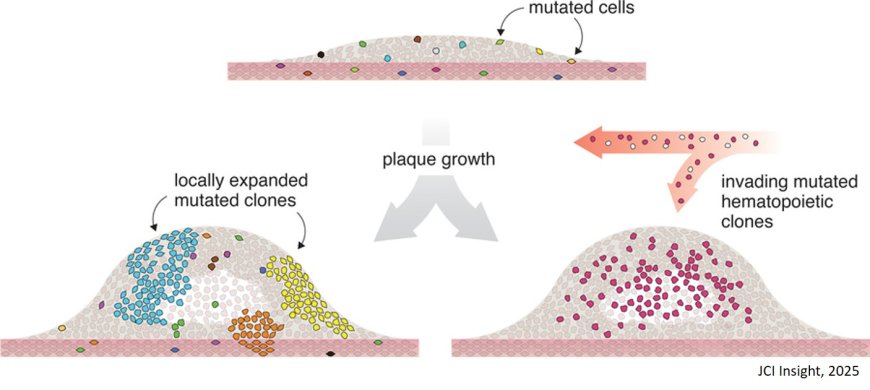
Researchers have studied tissue from patients with atherosclerosis. They found that many of the cells in the diseased tissue carried the same genetic alteration and appeared to originate from a single ancestral cell that had divided repeatedly – a pattern otherwise associated with tumor biology.
In several patients, a large proportion of the cells were derived from one single mutated cell that had undergone many rounds of cell division.
– It’s striking how many cells in the tissue share the exact same genetic change. In several samples, more than 10 per cent of the cells – hundreds of thousands cells – carried the same alteration. It’s difficult to interpret this as anything other than all these cells originating from a shared ancestral cell that, at some point during disease development, acquired the mutation, says the senior author.
In a tumor, the disease often begins when a single cell acquires a genetic alteration that causes it to divide more than it should. As the daughter cells inherit the same alteration and continue to divide, a progressively larger mass of cells forms – what we call a tumor.
This finding offers a new perspective on atherosclerosis – a disease primarily associated with cholesterol, inflammation and lifestyle factors.
Although the researchers cannot yet determine whether the genetic alterations directly affect the disease, the mutations do not appear to occur randomly. Many of the affected genes could potentially influence cell behavior and therefore the course of the disease.
Atherosclerosis is one of the leading causes of death worldwide. It causes thrombus formation in the heart and brain and is currently treated mainly with cholesterol- and blood pressure-lowering medication. There is still no treatment that directly targets the diseased vessel wall.
The results of the new study suggest that the cells in the affected tissue undergo numerous rounds of cell division – possibly due to mutations in their genetic material – similar to what is observed in tumor development.
– We’re not saying that atherosclerosis is a “blood vessel tumor”. But our data point to a possible interplay between genetic alterations and extensive cell division – something we typically associate with tumor biology, says the author.
This gives us a new biological understanding – and possibly new ideas for treatment.
The study is based on tissue samples from patients who underwent vascular surgery. The samples were analysed using DNA sequencing and compared with the patients’ blood DNA to identify alterations unique to the vessel wall.
The tissue samples originate from a research biobank. The project is the result of many years of collaboration between surgeons, theatre nurses, biochemists and – most importantly – patients who voluntarily donated tissue for research.
The author emphasises that the study so far includes only a small number of patients and that more research and other laboratory methods are needed to determine the significance of the genetic alterations in disease progression.
– We are now analysing tissue from many more patients to explore links between the mutation burden in atherosclerosis, disease stage, and clinical data. It’s possible we’ll begin to see atherosclerosis in a new light in the future, the author says.
https://insight.jci.org/articles/view/188281
https://sciencemission.com/atherosclerotic-plaques-reveals-large-clonal-cell-populations
